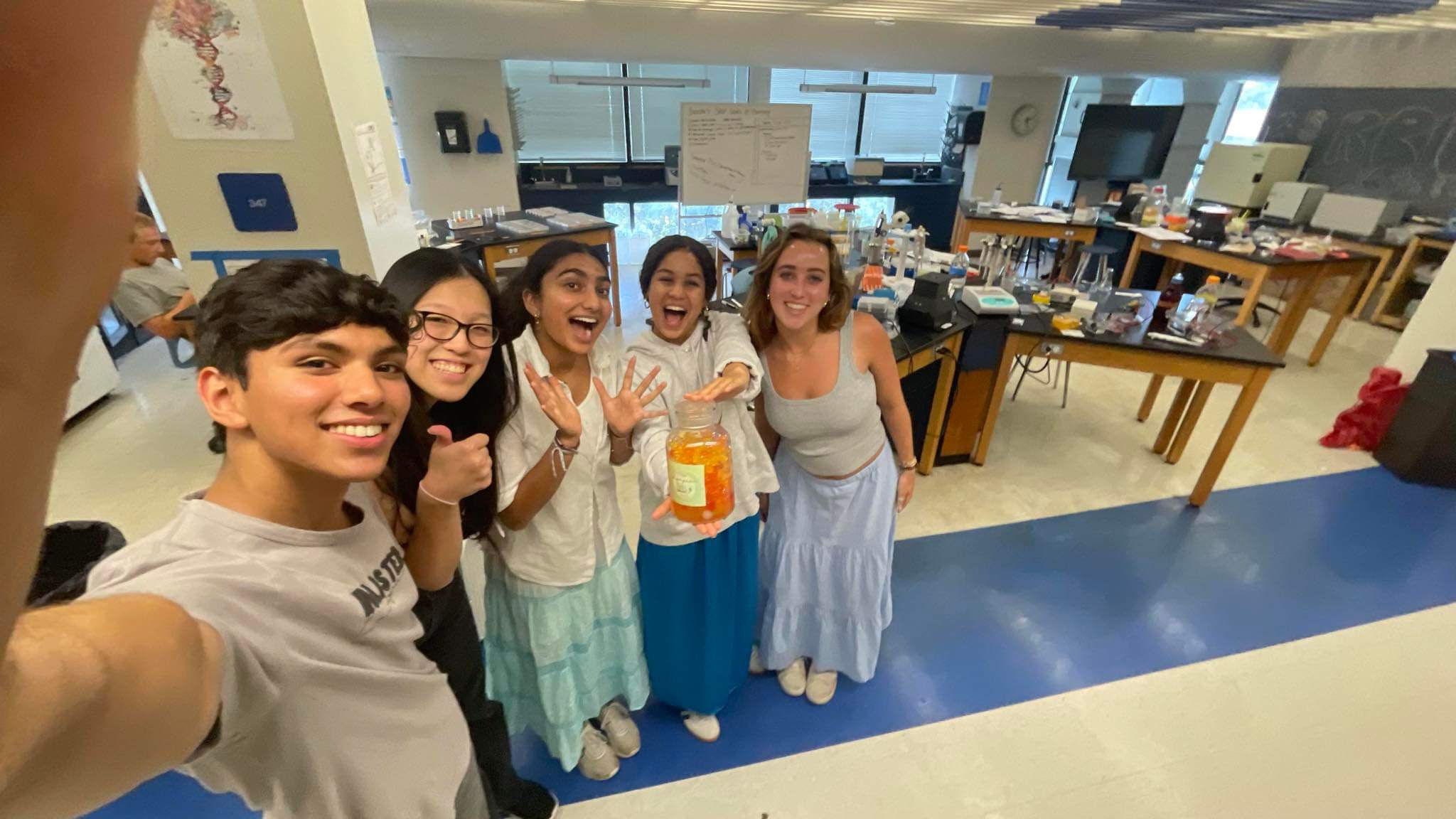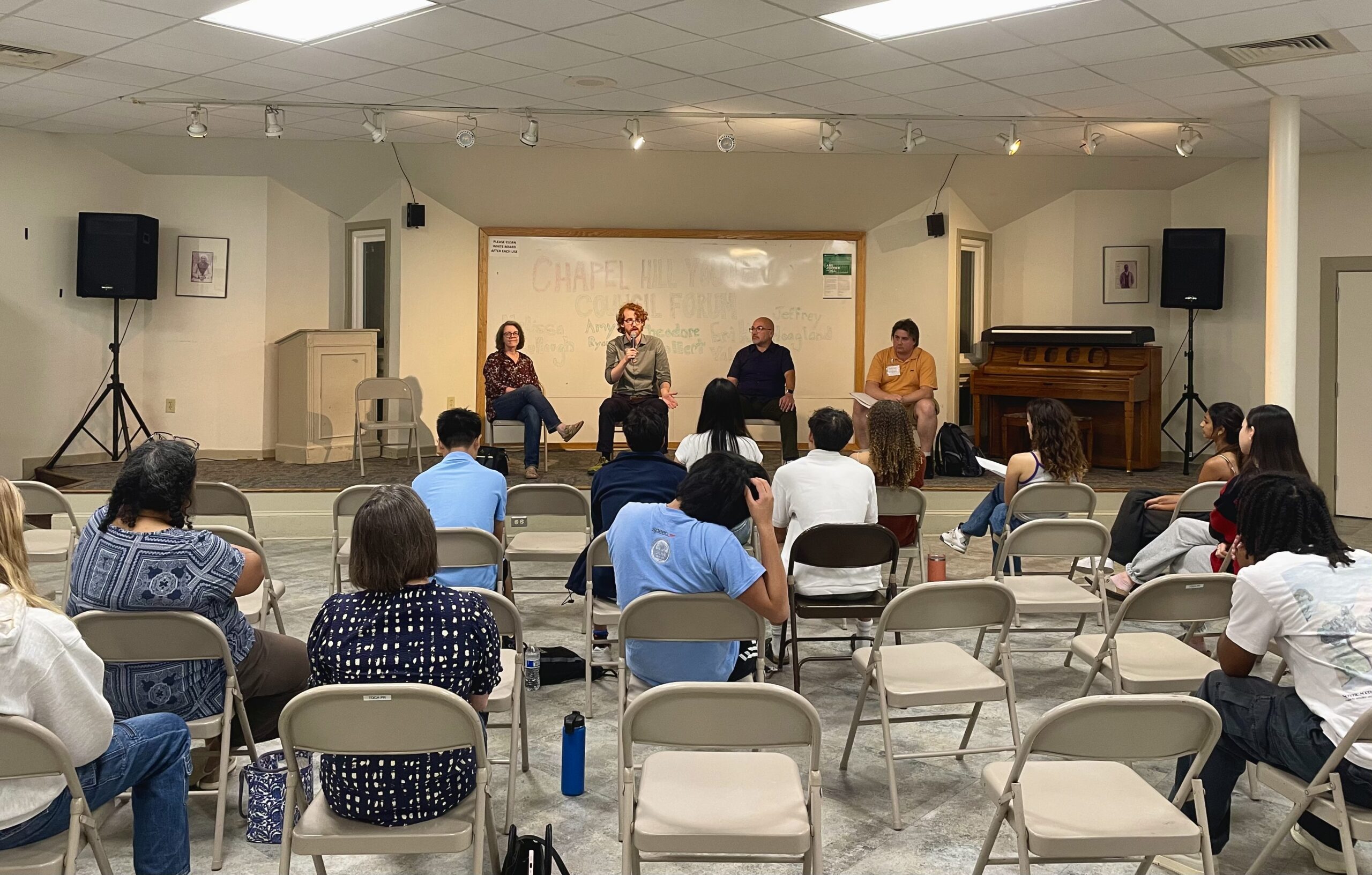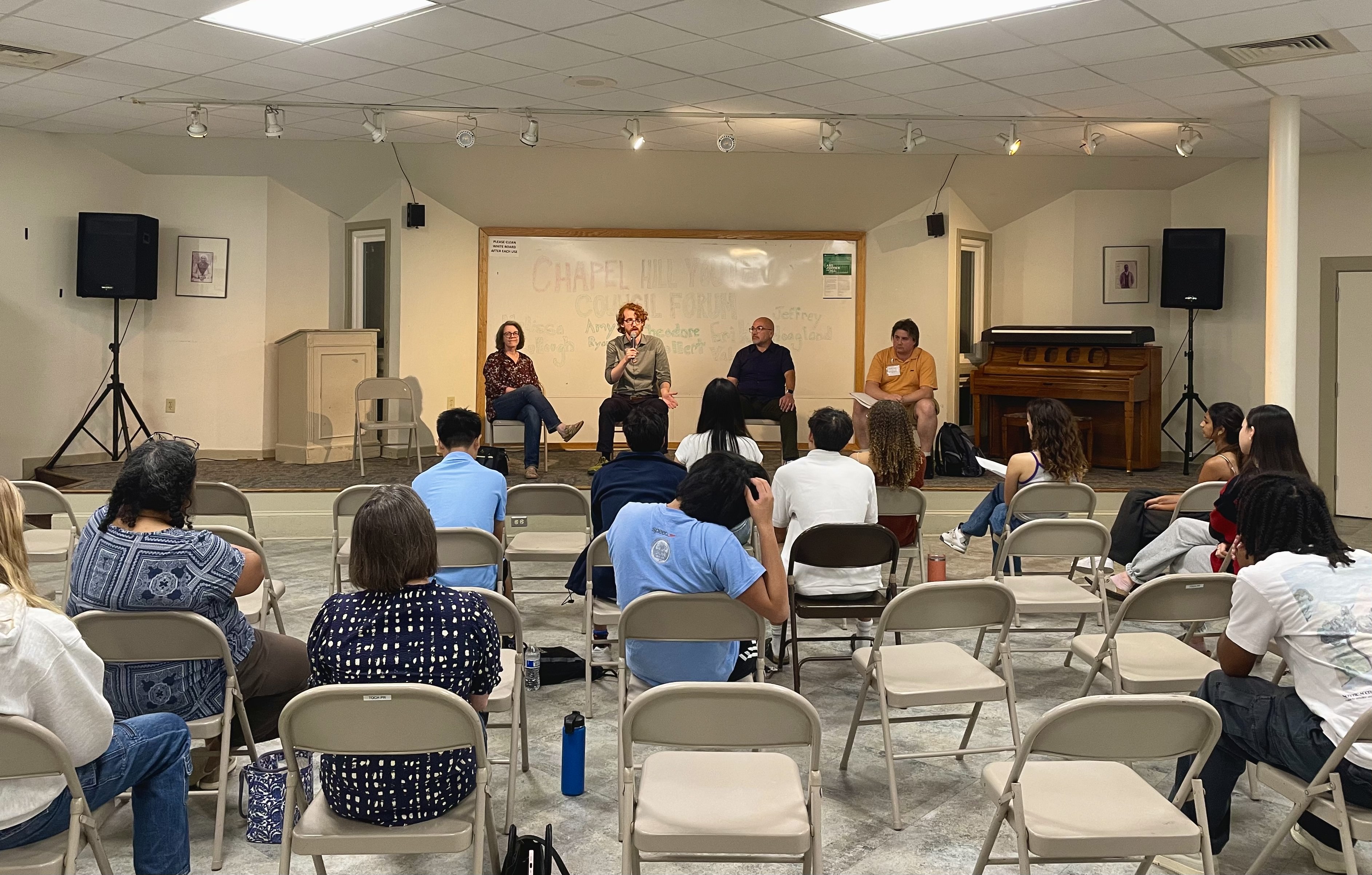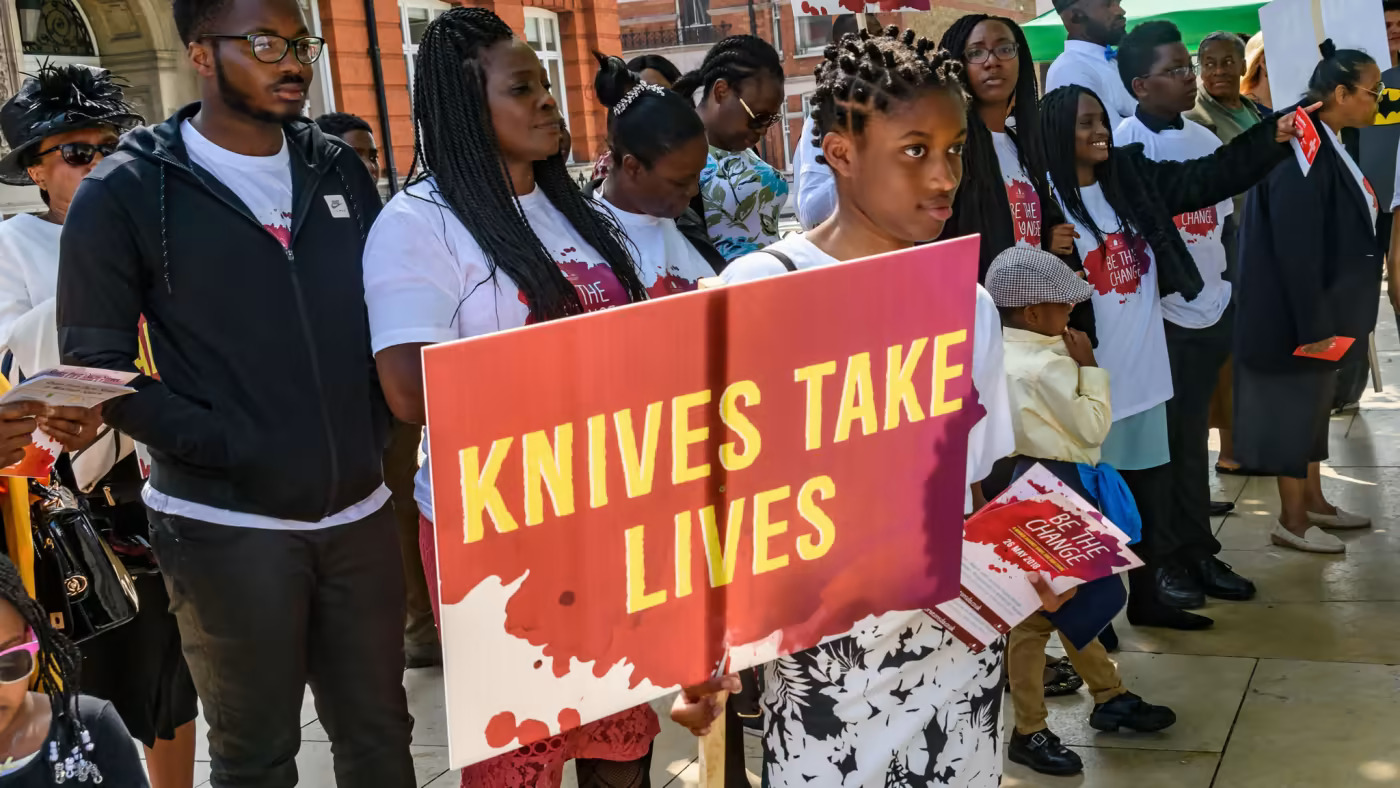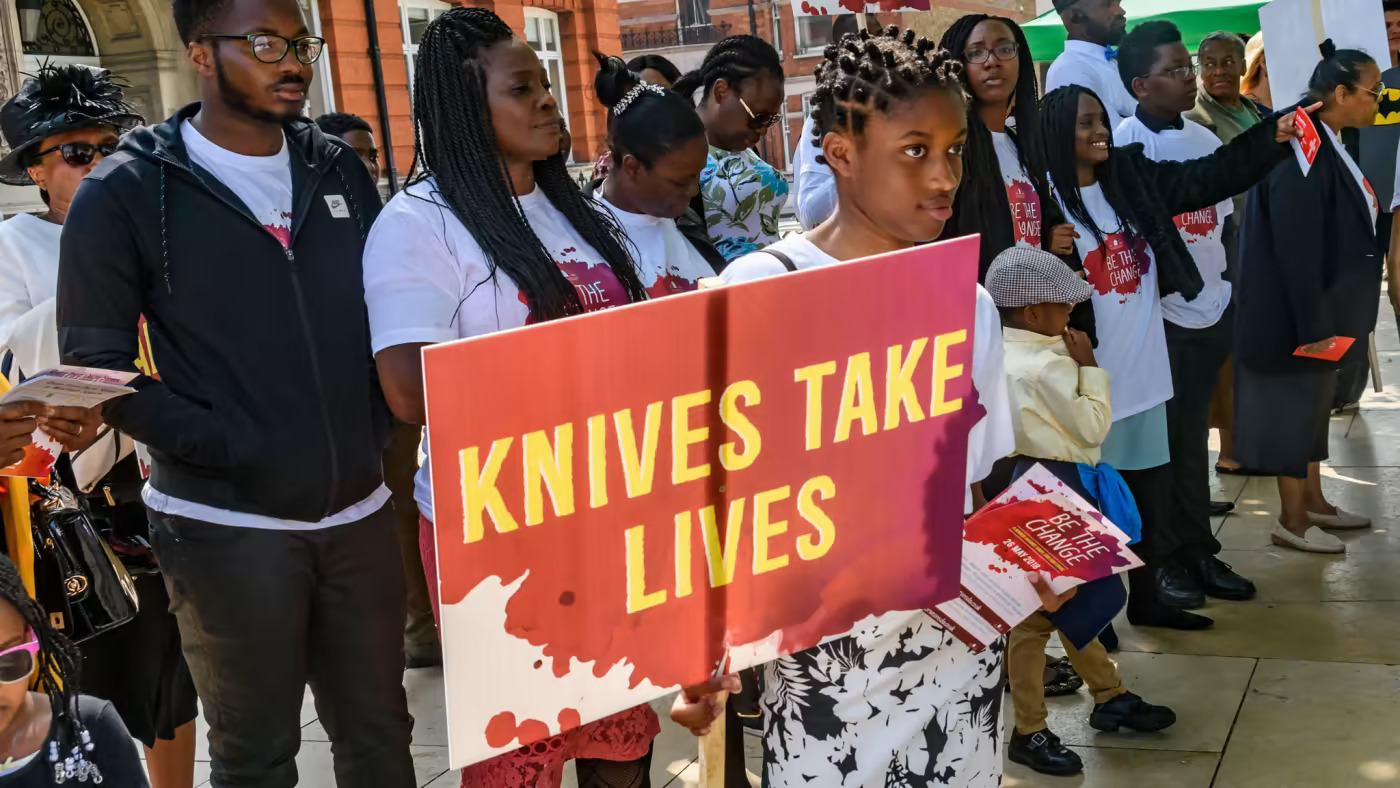
By Anneliese Heyder, Stentorian Editor-in-Chief
For the Research in Science (“RSci”) students, the last day of the Summer Research and Innovation Program (SRIP) has arrived. Students can be seen hanging up their lab coats, cleaning their goggles, and wiping down their workspaces where they’ve spent most of their days. Lab notebooks are out, students hunched over them while furiously scribbling final comments, details, and any data they’ve managed to collect in the last few hours before they head home.
For students in the Mentorship program, the last day isn’t for two more weeks.
SRIP, NCSSM’s flagship 3-5 week program provides students with one essential component to their research: time. During this period, students are allowed the time–from 9 a.m. to 5 p.m. every day–to dive into their projects.
Once that clock hits 5 o’clock though, students are allowed to spend their free time however they wish: maybe walking down Ninth St. for dinner, going to the movie theatre at The Streets at Southpoint, or playing a game of badminton in the ETC courtyard. On the weekends, students can sign up for numerous events: a trip to Falls Lake, Target, or take the bus to the farmer’s markets in downtown Durham.
SRIP is comprised of multiple research groups and opportunities. You have the RScis (RBio, RPhys, and RChem) and RHum, RCompSci, REXCompSci, and Entreprenuership, which all occur here on the Durham campus. Mentorship, on the other hand, requires traveling to other colleges or universities and doing research in their labs. Both options have unique opportunities and experiences, allowing you to explore your curiosity and strengthen your research skills.
Erin Bienstock ‘25, recounts her daily SRIP routine at the Durham campus.“Students would leave school at 8 [a.m.] and since my mentor is at [North Carolina State University], I would get to the lab a little before 9 a.m.” Bienstock said. “My schedule was different every day but I spent a lot of time making new fabric designs in [Computer-aided design (CAD), 3D-printing the designs, and testing them in the wet lab. I also researched companies to get quotes for new products we could experiment with.” She would finish her work by 4 p.m. and return to school by 5 p.m.
RSci days were similar: they were long days in the lab, with students bustling around as they focused on their goals for the day.
Jonathan Charleston ‘25 recalls the busy days in the lab during RBio, including “morning sessions,” which involved a group discussion of goals for the day and “Starting out we had our morning sessions which involved getting started for the day, any protocols we need to look over. Then we had our after-lunch sessions, where we did the bulk of our work.” he said, adding that each day was “about 8 hours.”
Each research project is different; each student has their own goals, deadlines, and struggles. Bienstock’s research is funded by NASA; she explains how she’s formed great connections with other students in the lab. Charleston is focusing onmaking prostate cancer testing more accurate and accessible by using a paper-based assay. These two projects are vastly different, but they allow both students to satiate their curiosity and develop their skills.
While everyone is working independently, SRIP allows the bonds between students to grow and evolve. Old friendships are strengthened and new ones are born. SRIP offers a collaborative environment, where students and mentors can offer their insight, opinions, and help to each other to see everyone succeed.
Bienstock reiterates this by adding, “This has made it easier for me to speak up and contribute my own ideas to the project.”
When I asked her about advice for juniors applying to the program she said, “I would tell anyone applying to Mentorship to read research on the subject you think you want to find a mentor in. This will give you a good idea of what your experience might look like and you can write your essays about the papers that really inspired you.”
“I loved how personalized [research] is.” Charleston said. “My project is very personal to me, and being able to tailor it to exactly what I want to do is probably my favorite part.”
